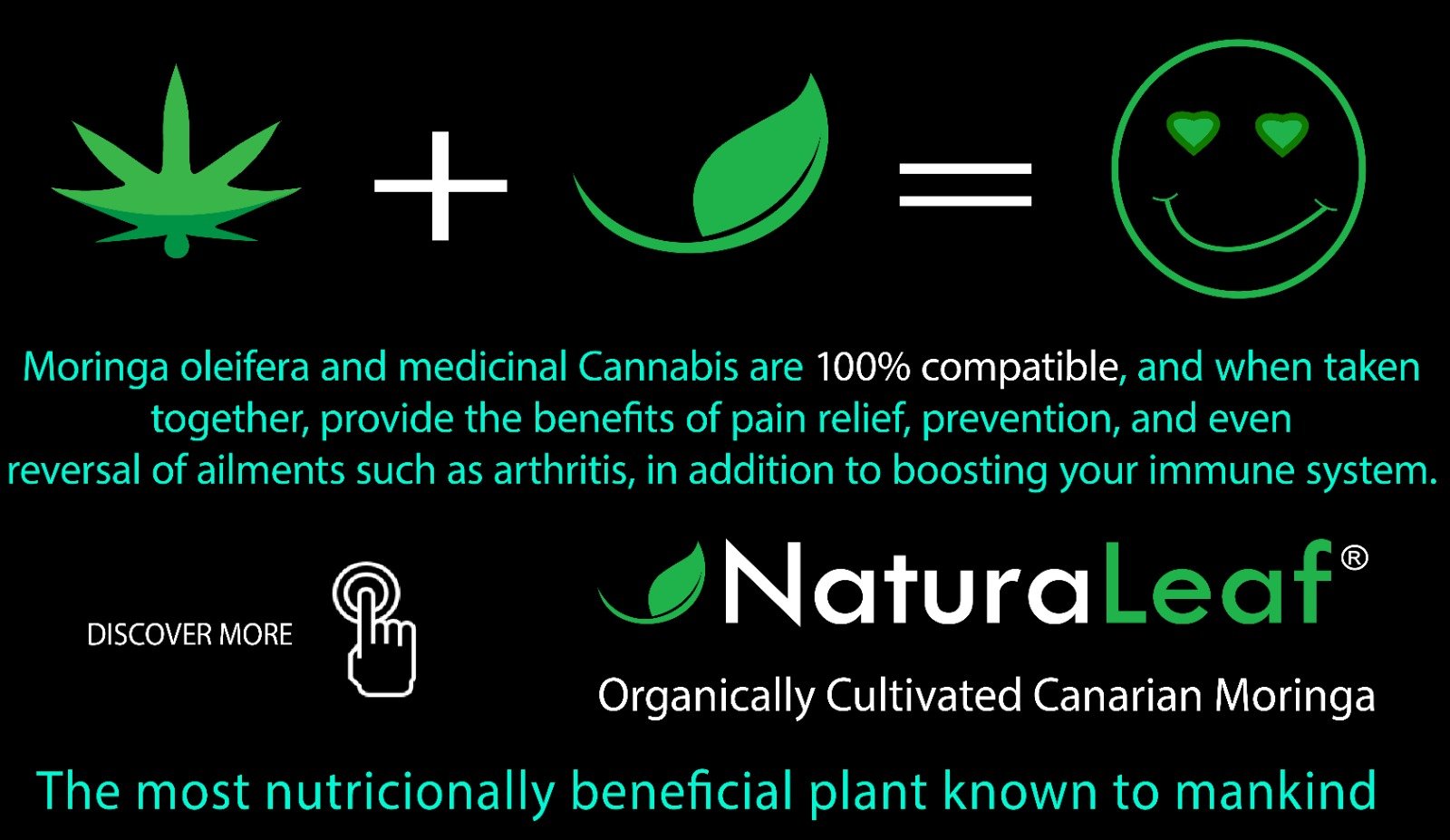The UK has one of Europe’s fastest-growing medical cannabis markets. The pace of regulation has been slow but the market has developed rapidly ever since medical cannabis was legalised in 2018. The number of patients is increasing every year. Also, clinics, suppliers and cultivation facilities are expanding. This article presents an overview on the current environment, which includes market size, regulation framework, patient accessibility, and supply-chain dynamics.
Market size and growth
The UK medical cannabis market is projected to exceed €300 million by 2025, with continued growth expected through the decade. The demand is driven by the increasing number of patients, growing clinical infrastructure and licensed suppliers. The UK has positioned itself to be one of Europe’s largest cannabis markets despite its complex regulatory framework.
The Regulations of the United States
Medical cannabis is controlled in the UK. Only doctors registered with the General Medical Council can issue prescriptions. Importers and growers are subject to strict licensing requirements, which create barriers for entry. The sector has seen incremental reforms, but it continues to draw new players, especially as the patient demand increases.
Patient Access
Access to cannabis for patients is still restricted by regulatory and prescribing guidelines. Only specialists, not general practitioners, can prescribe cannabis based medications in Europe. Private medical cannabis clinics are expanding rapidly and treating more patients. The growth of private medical cannabis clinics indicates a growing acceptance by patients as well as prescribers. However, access to the NHS remains very rare.
Supply and Import Dynamics
Imported medical cannabis is the majority in UK. Many products, due to their regulatory classification as raw material, are processed domestically prior to distribution. Import licensing continues to be a problem for market newcomers, slowing down supply chains and increasing dependency on existing international suppliers.
The Domestic Agriculture
Over the last few years, the UK’s domestic cannabis cultivation has increased significantly. A number of licensed producers now operate at large scales, providing significant volumes UK-grown flowers to the market. The development of more cultivation projects signals the gradual transition to greater self-sufficiency in domestic production. The expansion will reduce the reliance on imported products over time, and may improve the supply for patients.
Market Outlook
UK’s medical cannabis industry is experiencing rapid growth. Growing patient numbers, expanded private clinics, as well as increased domestic cultivation, create new business and investment opportunities. Regulatory barriers, restricted NHS access and complicated import requirements still limit the market’s potential. Growth will continue to depend on the evolution of policy, the acceptance by patients, and their advocacy.
Insights Hub: Stay informed
UK medical cannabis legislation continues to develop, presenting challenges, as well as opportunities, for businesses, patients and policy makers. Join our newsletter to access more data and analysis. Insights Hub — your gateway to industry intelligence across global cannabis markets.
FAQs
Is Medical Cannabis Legal in the UK
Yes. The medical use of cannabis was legalised by the state in 2018. The access to the drug is restricted, and only specialist doctors can prescribe it.
How many UK patients are using medical cannabis?
The number of patients is increasing, but the vast majority are prescribed by private clinics and not the NHS.
Is cannabis prescribed by general practitioners in UK?
No. Medical cannabis can only be prescribed by specialists on the General Medical Council registry.
Can cannabis be prescribed by the NHS?
NHS access has been severely limited. Since 2018, only a small number of prescriptions were issued. Private clinics are the most common way for patients to receive their treatment.
Can the UK grow its own medical marijuana?
Yes. The domestic cultivation has increased, and several producers are now licensed to supply the market. Imports are still the main source of supply.




